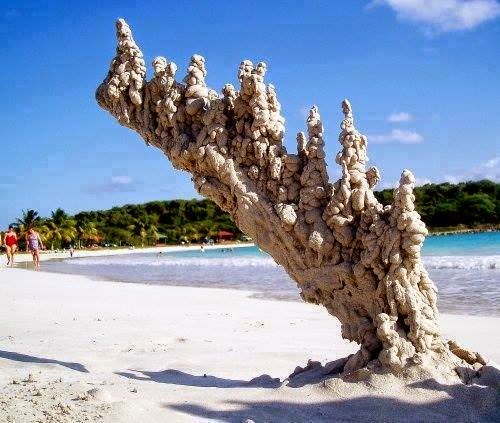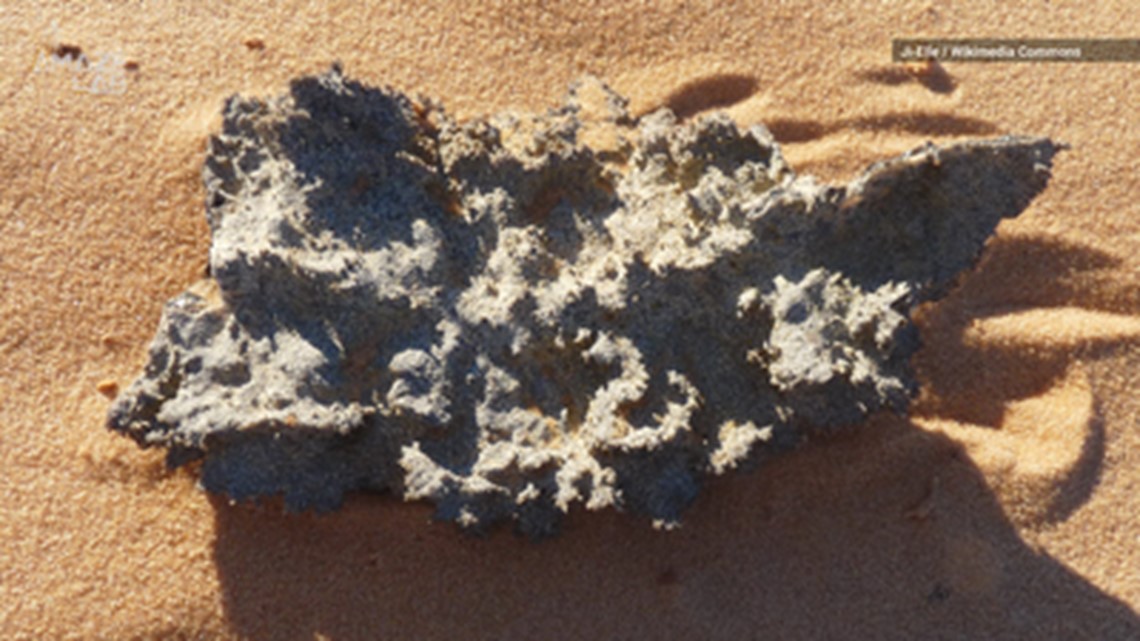

In fact, it is a sculpture (wood from the beach that is covered with sand) creation of "Sandcastle Matt".Īs the Museum of Hoaxes rightly observes, "A fulgurite of that size would be extremely valuable, and most likely would already have been carted away to a museum. Myth: lightning flashes are 3-4 km apart. If you are caught outside in a thunderstorm, you keep moving toward a safe shelter. Fact: Lying flat increases your chance of being affected by potentially deadly ground current. Some people claim that this image is an example of fulgurite. Myth: If trapped outside and lightning is about to strike, I should lie flat on the ground. A fulgurite that is 250 million years old found in the Sahara, has confirmed that the desert was a fertile area where the storms were frequent. Most people know that lightning strikes can destroy - but it turns out, they can also create. The fulgurites are known since 1711 and they are appreciated for their scientific value. There are some occasions that fulgurites can penetrate deep into the soil, up to 15 meters below the surface. Their size is based on the strength of the lightning and the thickness of the sand bed. However, the inner surface is smooth and glassy, because of the fact that the sand cools rapidly and solidifies. smaller blazes believed to have been sparked by lightning strikes. The Fulgurites in the picture are about 3 inches long. This forms a glass like artifact that is sometimes hollow and is called a Fulgurite. Despite the fact that there are over one million lightning that strike Earth every day, the fulgurites are rare.įulgurites are usually occurring beneath the surface of the sand and their shape reflects the way that makes lightning as it dispersed into the ground.įulgurites resemble roots with rough surface. It is a lightning caused fire that is burning in the 2001 Hoover fire footprint. When lightning strikes, sand is heated to the point where the sand melts and fuses along the path of the current. So, sometimes when a bolt of lightning strikes sandy areas, tubes of sand that are called fulgurites are created.

It is known that the sand melts at about 1,800 degrees Celsius, and the temperature of a bolt can reach 30,000 degrees Celsius. A bolt of lightning is able to deliver up to 5 gigajoule of energy (energy that can power a house in the US for over a month).Ī bolt of lightning is able to deliver up to 5 gigajoule of energy (energy that can power a house in the US for over a month).When such a powerful lightning strikes a sandy area, then under special conditions, the sand particles can melt and fuse in less than a second.


 0 kommentar(er)
0 kommentar(er)
